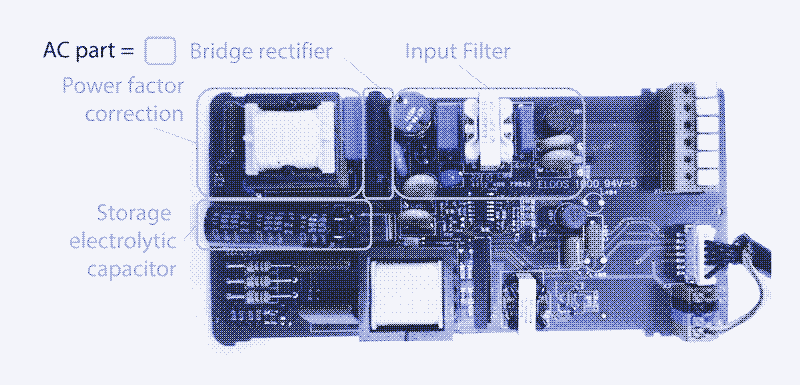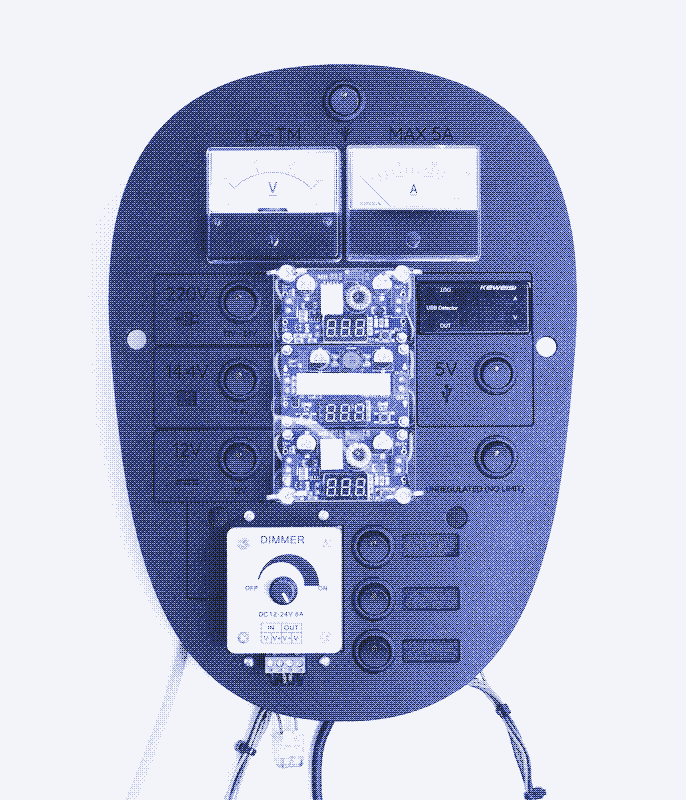

Thanks. Lighting has been an ongoing puzzle I’m figuring out. I originally went with rechargeable Luci light it was really nice warm bright lighting but expensive and failed within a season. Currently I’m using a cheap 5v plastic led light bulb that plugs into regular usba slot. Its enough to see what you are doing comfortably. But really the average person whos used to house bulbs including me wants the luxury of bright lighting. For now I’ve been firing up the AC inverter to run a nice lamp. However I have been considering making my own 12v light fixture with 12v e26 bulbs that plugs into either car cig plug or usbc-pd.
In this picture is marked all the parts of an LED circuit that convert AC Into DC. It takes up about 40% of the board. Its much easier to power LEDs directly.











Hey there panicnow! I would be happy to help give some input. It is better to avoid firing up the AC inverter whenever possible. If you have a car travel adapter for your devices that plug into the jackeries cigarette plug port that would be better. If you absolutely need more usbc-pd ports for your devices, there is a way to do that given your jackary has one or two of those circular barrel plug outputs that output 12v. Most powersttions should have one or two of them.
If you have one of those barrel plug inputs youre in luck. Go on amazon and buy one of these to turn those jacks into car cigarette plug inputs.
Then get a really nice usbc-pd car charger. I don’t actually have one but I like anker and trust their 100w pd charger would be high quality. You can go cheaper if you only need 65w or lower.